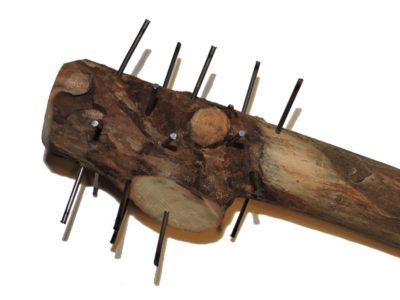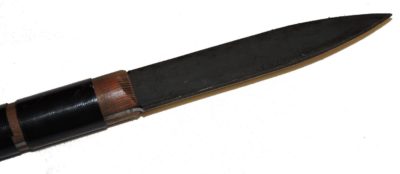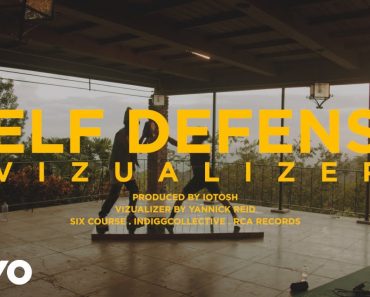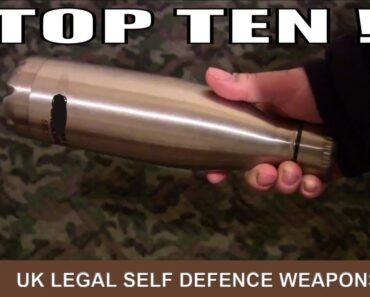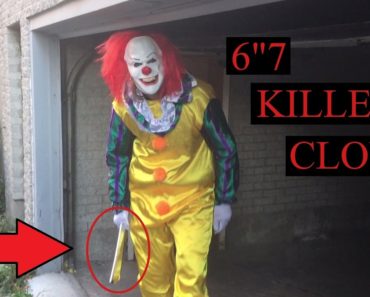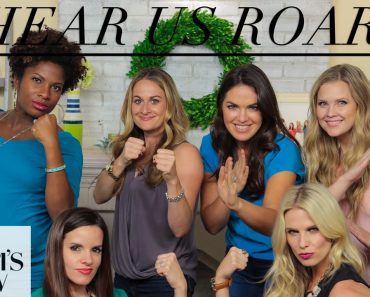Guns have been referred to as “the great equalizer,” and there’s no weapon which can come close to them in that regard. A lot of the popularity of firearms is due to the fact that anyone can use them effectively, not only the strong and agile. The young, the old, men, women and child can take up firearms in defense of home and family and do so effectively.
But what do you do if you can’t use a gun – or if you don’t have a gun — to protect yourself?
It only makes sense to have a backup plan. That way, in the case that a firearm malfunctions, you run out of ammunition or somehow get separated from your weapons, you still have a way of defending yourself and your family.
Common Alternate Weapons
When people think of alternate weapons, they either think of non-lethal weapons or they think of two of the most common weapons in history. Those are the knife and the bow. Both are excellent weapons, but they have one drawback as a secondary weapon: They require extensive training to use effectively. Unless you are willing and able to spend the necessary time to become proficient with them, owning those weapons really isn’t much of a benefit.
The non-lethal weapons, such as a taser and pepper spray, don’t require much in the way of training, but are extremely limited in range. This makes them a poor choice for more than avoiding a mugger or rapist. Even then, I’m not all that sure how effective they would be, unless you were able to catch the assailant off-guard and use them. They would not be effective in a situation where there was a breakdown of society and you had to defend your home.
Introducing Melee Weapons
Melee weapons are weapons created for the purpose of use in a melee. According to Dictionary.com, a melee is “a confused hand-to-hand fight among several people.”
There are two basic problems with being caught in hand-to-hand combat. First of all, the person who has practiced with his or her weapon has a distinct advantage. Second, the advantage always goes to those who are stronger and have a longer reach. That makes hand-to-hand combat a bad place to find yourself, especially if you don’t have an equalizer with you.
Handheld Solar Generator Provides Dependable Backup Power
Berserker Weapons – a Sub-Category of Melee Weapons
Criminals use their weapons primarily to intimidate. That’s why many use a knife. They aren’t expert knife fighters, nor do they really want to gut you like a fish, regardless of what they say. They want to scare you with that knife. Even so, they aren’t really all that concerned about hurting you. So, the worst thing you can do is meet them without a weapon or with a knife, giving them the advantage.
Okay, so what do you use? That’s where the weapons below come in. These melee weapons could also be referred to as berserker weapons, because they are the type of weapons that you just go berserk with. While training would help, the main idea is to just beat on them with the weapons. Violence, not training, gives you the advantage.
Making Simple Melee Weapons
What’s the advantage of these weapons? Simple: It’s reach. If a criminal is coming at you with a knife in his hand, the reach is limited to the length of his arm. On the other hand, if you are holding a weapon that’s two or three feet long, you’ve got a longer reach than they do, even if your arms are shorter. So, when it comes down to it, you’ve got the advantage.
1. The Quarterstaff
The quarterstaff is just a wood pole. Perhaps it is easiest to think of it as a long walking stick. Originally, they ran from six- to nine-feet long; but in reality, it’s hard to work with one that’s more than six-feet long. You’re likely to spend more time hitting the ground than you are your assailant.
In the Middle Ages, when one wanted a quarter staff, they simply cut off an appropriate tree branch or sapling, about two to three inches in diameter. It should be fairly stiff wood, but lightweight. The biggest trick is finding a long-enough branch that is straight. I tried a willow branch and it was too flexible. Then I tried an oak branch and it looked like a crooked finger. The best I did was to improvise one by grabbing a closet rod. This works if you have wood closet rods. The metal ones have built-in hangers on the ends, so they are a bit awkward as a quarterstaff.
In use, the quarterstaff is held in both hands, dividing the staff in three sections. The middle section is used for blocking and both of the ends can be used for striking. A sweeping blow from a quarterstaff carries enough force to cause considerable pain or even knock an opponent unconscious. An assailant with a knife doesn’t stand a chance.
2. The Axe
Although not something you normally make yourself, the axe is a natural berserker-style melee weapon, especially the axes they had in olden times. Modern axes aren’t quite as good, because the blade is extremely short, but axes in olden times had a much longer blade.
A warrior armed with an axe could put fear into the heart of an experienced swordsman. That’s because there is no art or science in swinging an axe. More than anything, the axe is held in two hands and swung with pure wild abandon. This makes the axe-wielding warrior unpredictable; therefore, it’s hard to counter in battle. The longer the handle on the axe and the heavier the head, the more that damage can be inflicted.
If you want to use an axe as a weapon, I’d recommend buying a double-bitted axe. A standard woodcutting axe has two things against it. First of all, the head is off-balance, with almost all the weight to one side. That will tend to make that side turn downward, rather than being naturally pointed at the enemy. Secondly, the handle is curved, which is great when you’re cutting a tree, but horrible when you’re using it as a weapon.
The modern incarnation of the tomahawk really isn’t at all like an axe. First of all, it’s mostly intended to be a throwing weapon. But even when used in the hand, it is a single-handed weapon for striking; you really can’t go crazy with one, like you can with an axe.
3. Spear
The spear is another very simple weapon. Spears have evolved throughout the history of warfare, being one of the first actual manufactured melee weapons. Those early spears were about four to five feet long and hard wood points. American Indians chipped stone points for their spears, and the Europeans made metal points for them, once they learned how to work metal. In the later Middle Ages, spears became much longer, as they were intended to be used against men on horseback.
For a melee weapon, a four- to five-foot long spear works well. You can make one easily by taking a knife blade (with the handle removed) and inserting it in a slot cut into the end of your spear shaft. Binding the blade in place with strong cord, strapping or duct tape would finish off the spear. Not fancy, but functional.
It is easy to make your own spear point by grinding a piece of metal, much as I explained in the article on how to make your own knives. As an alternate plan, you could grind a spear point from a piece of 1/8-inch thick steel strap. The edges don’t have to be as sharp as they are for a knife, since spear is mostly a piercing weapon.
4. Spiked Club
Man’s oldest melee weapons were the rock and the stick. The stick gave the advantage of reach over the rock held in the hand, but in turn the rock could be thrown, giving an even greater reach. Many of our weapons can trace their roots all the way back to those two basic weapons — none more obviously than the club.
A club is merely a heavy stick. Weight is important, especially at the striking end of the stick. The weight improves the velocity and force of the impact. Another thing that helps a lot is to put spikes on the business end of the club. Then, not only does the club provide blunt-force trauma, but also piercing trauma when it strikes.
All you have to do to make a spiked club is find an appropriate piece of tree branch for the club itself. This may require a little bit of whittling on the handle end, to make it thin enough to get a good grip on. You can then hammer nails into the striking end of the club for spikes. Cut off the heads of the nails and then grind points on them to complete the spikes.
Don’t worry about making your spiked club pretty; generally speaking, the uglier they are, the better they work. Oh, and, the easiest way to grind points on your spikes is to grind their ends at an angle, rather than trying to grind them to a conical point.
What is your favorite alternative weapon? Share your tips in the section below:

